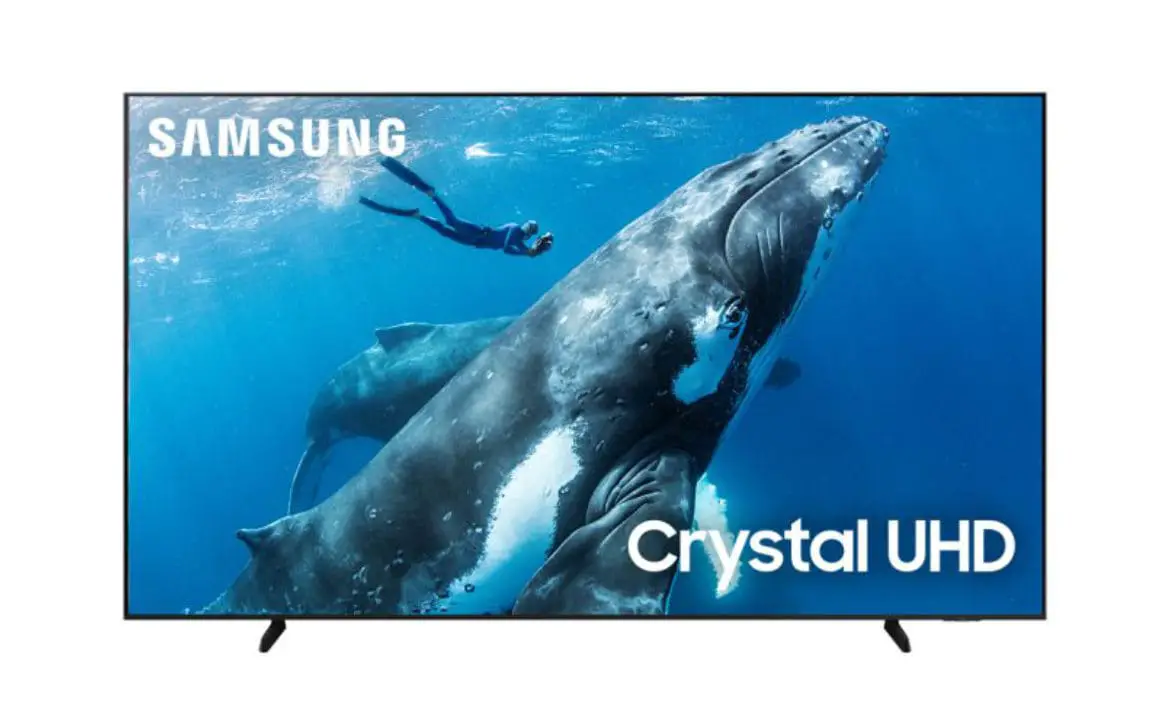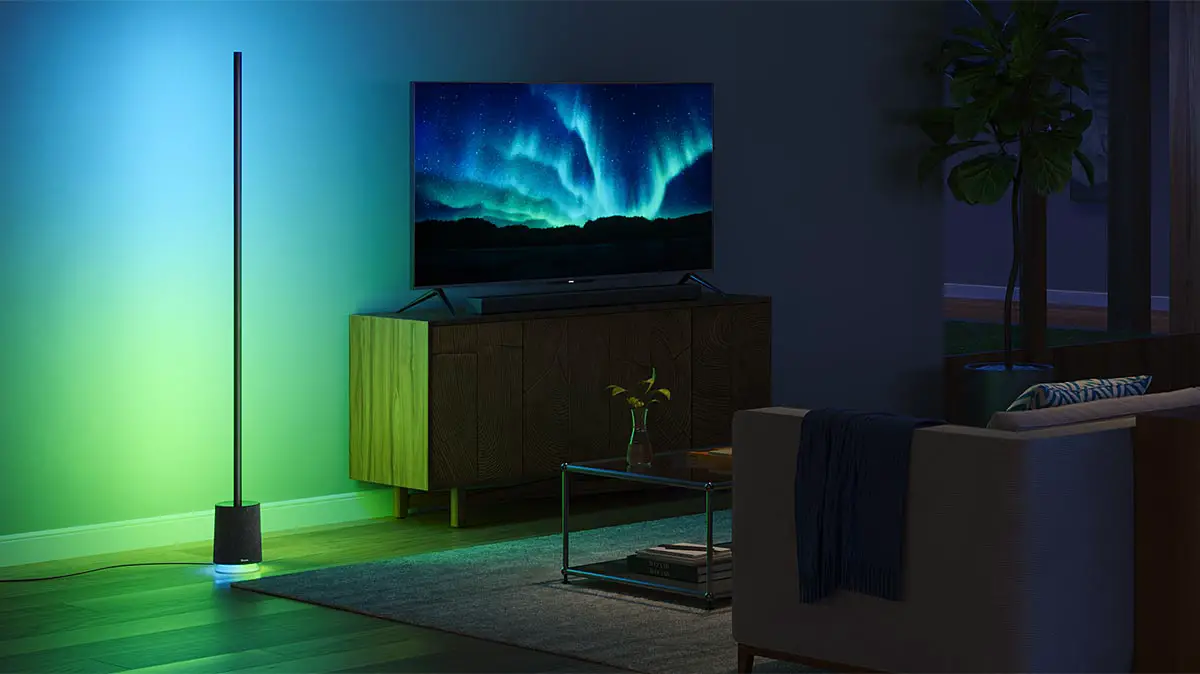Over the last few years, topics and franchises that were once considered to be exclusively part of the ‘geek culture’ have become increasingly mainstream – everything from superheros to science-fiction, and even fantasy (dragons, dwarves, and elves… oh my!). This is in no small part thanks to the outrageous success of the Marvel and DC superhero movies of late, not to mention the Lord of the Rings and The Hobbit trilogies by Peter Jackson. The Internet has made programming seem cool and put code into the cultural consciousness like never before, though not always in a positive way. The return of D&D has everyone from Marilyn Manson to Vin Diesel talking about RPGs and gaming in general. Things that many of us here at MOARGeek grew up loving and consider an integral part of our childhood are starting to see the light of day – and it’s awesome.
On occasion things will go the other way, from mainstream to geek. The My Little Pony cartoon is an excellent example of this. Something else that happens more often than people realize but doesn’t get talked about much is when things develop in both ‘cultures’ in parallel. In particular (and the ultimate subject of this article) are tabletop board games. There are a myriad of articles and stories scattered across the web talking about a resurgence of board games, calling it a golden age, or claiming that we are living in a board game renaissance.
The truth, as always, is a bit more complicated if not quite as attention getting. Board games have always been a big part of ‘mainstream’ culture. I remember as a kid playing Monopoly, Risk, Sorry!, Chutes and Ladders, chess, Scrabble, checkers… you get the idea. Chances are if you go back to that time in history you’d fine at least one of those games in about 30% of households in the US, and they probably got played at least once a week. The entire point of playing was to spend time with family and friends and have fun (with the exception of Scrabble. I read a lot as a kid and tended to be a little… aggressive when it came to words. I’ve mellowed since.)
And for the most part those games are still around with very little change in the rules or play. If you remember buying up Boardwalk and Park Place in Monopoly years ago, you can likely do that exact thing, in that exact same way, now.
What has happened is that with the rise of PC and console gaming systems, not to mention the sheer proliferation of smartphones that allow you to play a seemingly infinite number of games, people have stopped gathering at the table to play a boring game. However, thanks in no small part to Wil Wheaton and his TableTop YouTube channel, board game purchases have risen between 25% and 40% each year the past few years.
There are now hundreds, if not thousands, of titles being created and released each year, growing the number of games I need to play by several orders of magnitude. Most of these are from independent designers and publishers who are creating some of the more innovative, beautiful, and sophisticated games around. Everything from having to play your plan strategy out several moves ahead and work together to rid the world of disease (Pandemic), to having inflatable clubs to pummel players for making a mistake (Ugg-Tect), to having to think forward in time to where the piece you are placing on the board will be in 3 rounds (T’zolkin).
In addition to the Wheaton’s TableTop channel, online retailers like Amazon are providing access to a growing number of new and old games that many would never even know existed otherwise. Add to that the plethora of videos that teach people how to play a game (a must for the more complex ones), and being able to connect and find other players via social media and you have the perfect storm for a growing community.
Not to mention games are just getting better. In the past there have been two distinct categories of board games: European (commonly called ‘eurogames’) and American (sadly called ‘ameritrash’ by many). Games with high levels of player conflict and very heavy in theme were considered American, while games with little to no direct conflict (fighting for resources instead of each other) and light on theme were considered European. Newer games have begun to merge the two, making complicated games like A Study in Emerald that is a mish-mash of several, seemingly unrelated mechanics that somehow work together.
In the end there is indeed room the physical tabletop games, RPGs, and digital games of every type. There is no longer any reason not to pick up a game and spend some time help others save the world, or even battle everyone to take over the galaxy
Last Updated on November 27, 2018.









